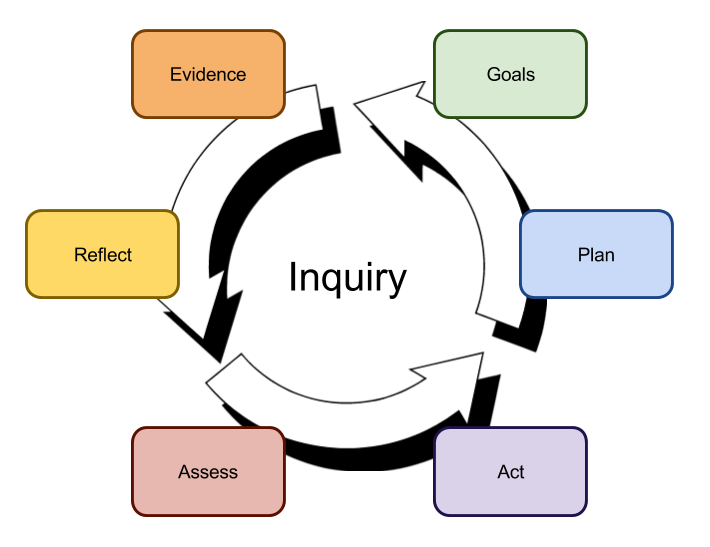What constitutes “good teaching” is not a well defined term. My evidence for this claim is that so many organizations appear to use very different exemplars of good teaching when sharing their work.
For example, this is considered good teaching by the Whole Brain Teaching institute.
The Program for Complex Instruction would likely define this as good teaching.
Seymour Papert, and other constructivists would likely define this as good teaching.
People who follow John Sweller‘s (and company) work on Cognitive Load Theory might offer this as an example of good teaching.
People who believe that the future of education lies in personalized education might offer this example as good teaching.
All of these methods of teaching are very different from each other. Would people who use these methods agree on what good teaching looks like? There would likely be some overlap, but if you took a representative of each of these teaching methods and asked them to observe a classroom (which as far as I know has never been done), I would be willing to bet that it would be very unlikely that they would agree as to whether or not the teaching they observed was “good teaching”.
A better measure of effectiveness is to look at the goals of the teaching, and the impact the teaching has on the learners in terms of meeting these goals. If you have x goal for your students, how much impact does your teaching have on your students? “Good teaching” would be therefore defined as teaching that has a greater impact on achieving a specific goal, and consequently, we are not able to define “good teaching” without knowing the goals. In the examples above, it is hopefully clear the goals of each the users of each teaching method are different, and consequently each of these could be considered good teaching, within the set of goals defined.
What goals do you have for your students? Are your goals the right goals for your students? Who has defined the goals for your students? How do you know if your students are closer to achieving your goals than when you started teaching them?
If you can answer these questions, you will be a lot closer to knowing what kind of teaching you should be using, and whether or not it is effective.
